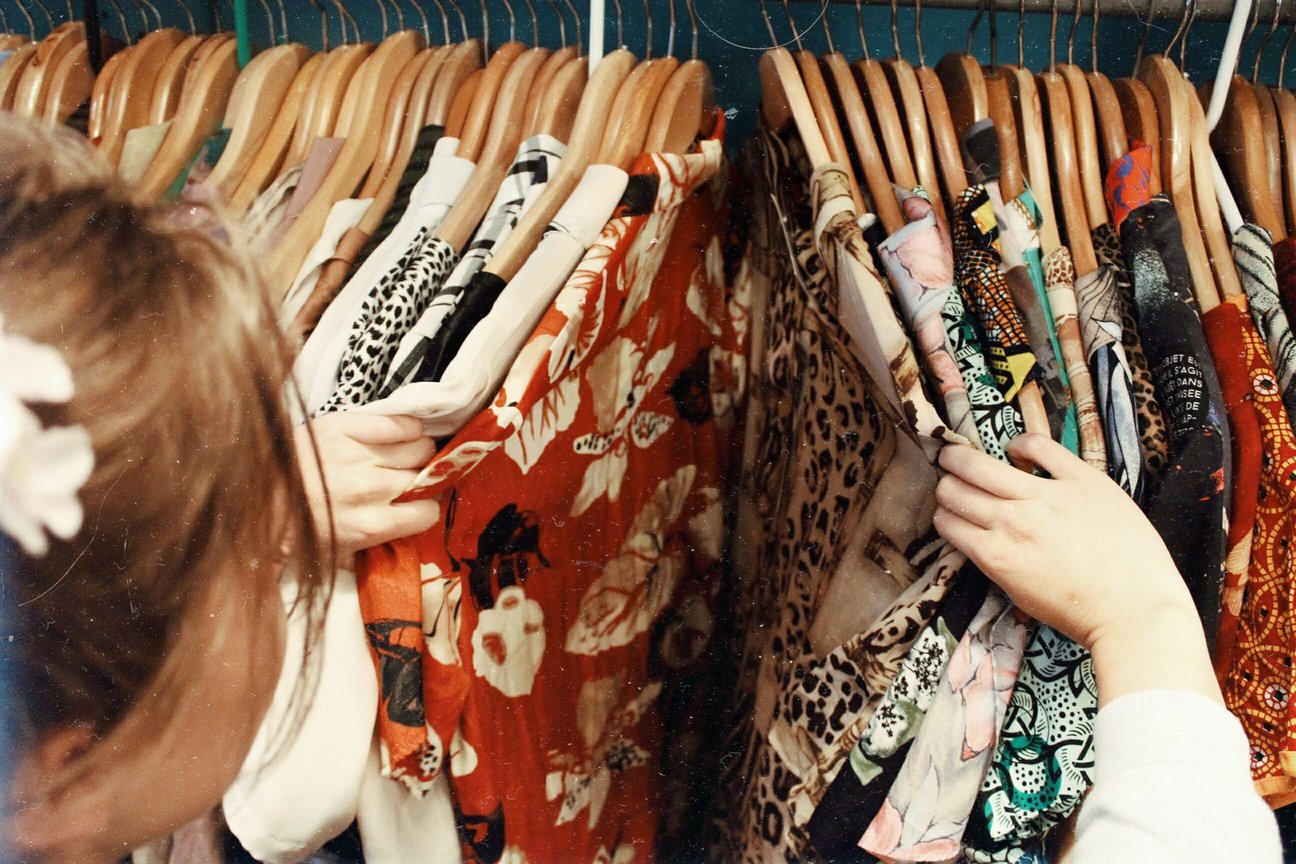
Every year, people around the world look forward to major fashion events, such as the Oscars and Fashion Week in New York, London, Paris, Milan and more. It’s fascinating to see what celebrities wear as they walk down the red carpet or the runway. The Oscars specifically is considered a night of opulence and grandeur by Hollywood’s royalty, with movie stars and models wearing timeless couture gowns by designers that learned from the late Karl Lagerfeld, Christian Dior, Coco Chanel and many more – beautiful gowns that will be remembered decades thereafter.
This year in particular, we saw that Oscars fashion was taking on a new art form: the sustainability of the gown is now just as attention grabbing as timeless styles we’ve come to love.
Sustainability is increasingly becoming an important component of high-end and custom fashion. Top designers and their teams spend hundreds of hours creating an elaborate gown that will only be worn once. Glitz and glamour were once prized above everything else, with little thought about the waste, worker rights, or ethical production used behind creating each of these gowns. If the 2019 Oscars were any indication, however, this fashion standard is changing with sustainability coming into the spotlight.
Actresses such as Laura Harrier and Danielle Macdonald stepped out on the red carpet this year in custom made sustainable gowns, created with ethically sourced cotton and vegetable dyes that did not require harsh chemicals. Fashion icons all across the world are making a more conscious effort to promote sustainable fashion with how they produce and wear various articles of clothing. One of the newest movements in UK fashion is the FairTrade Cotton movement, ensuring that all cotton is sustainability and ethically procured. Fashion has quickly risen to the forefront of sustainability and this new mindset will affect change for decades to come.
Sustainability: Fashion’s New Mandate
The fashion industry has historically been known as one of the least sustainable industries. According to the U.S. Environmental Protection Agency, materials such as rubber, leather and textiles make up over nine percent of municipal solid waste at a total of over 23 million tons. Despite nearly 95 percent of textiles being recyclable, 85 percent end up in the trash, which creates upwards of 15 million pounds of waste a year.
Environmental issues aren’t the only concern – it’s also estimated that over 40 million people assemble upwards of 1.5 billion garments in 250,000 factories and sweatshops per year, adding worker rights concerns to the list of sustainability needs for the fashion industry. When a company is more sustainable in its manufacturing and production, it not only makes the product better for the world, but also increases brand reputation and drives forward the bottom line because critical risks that impact operations and customer loyalty are avoided from the outset.
So, where do we go from here?
Implementing various sustainability practices, from monitoring what materials are being used in products to knowing how things are produced and under what conditions, can greatly impact a company’s credibility and overall efforts to being more sustainable.
What should companies consider when looking to be more sustainable?
The biggest challenges for clothing producers today are:
- Negative environmental impact of synthetic materials: various spinning and dyeing processes used to make synthetics, a commonly used material in clothing, are harmful to the environment. Companies must work with suppliers to solve this issue and figure out how to limit the fashion supply chain’s environmental footprint.
- Clothing waste that creates even bigger air pollution problems: poor practices in discarding clothing is another huge global issue. In many countries, clothing waste sits in landfills or is burned, which gives off toxic fumes and pollutes the air. In order to tackle this issue at the core, the entire community needs to work together and adjust best practices so that we have a safe approach to how clothing is eliminated and recycled around the world.
- Outsourcing production that opens teams up to labor issues: sourcing away from home opens companies up to risks – it’s harder to monitor working conditions, labor practices and more. The implementation of on-site audits can further help companies understand what is happening in factories and with suppliers, and technology makes it even easier to get this information from afar – and analyze the data to make more informed, actionable decisions on where to invest in supplier performance.
- Reducing water usage: although not thought about frequently, water is heavily used in the fashion industry, as well as other manufactured goods in almost every step of the manufacturing process. Water is used to create dyes, chemicals, power machinery and more. 79 billion cubic meters of water were consumed by the fashion industry, enough to fill 32 million Olympic sized pools. Simply 2,720 liters of water go into make one tee shirt. Although a renewable resource, conserving water diminishes our carbon footprint.
The Red Carpet Green Dress initiative, which was created by Suzy Amis Cameron, wife of famous director James Cameron, joins together the worlds of fashion and sustainability. The organization’s mission is to bring attention to the importance of more sustainable fashion practices by helping designers to think in an eco-friendlier mindset. This program points to the culture shift slowly happening within the clothing industry and the momentum the industry needs to build to tackle sustainability issues at the core.
More initiatives like these will help drive sustainability further and influence others to aspire in making change for the better.
About the Author
Follow on Twitter Follow on Linkedin Visit Website More Content by EcoVadis EN






















